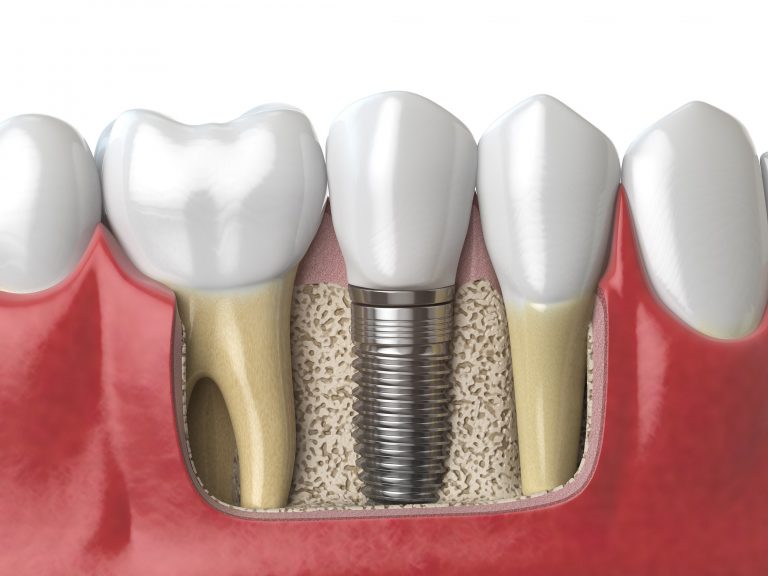Bone loss in the jaw occurs when one or more teeth have been lost to tooth decay, periodontal disease or any types of injury. When the teeth cannot stimulate the jaw bone, the bone around missing teeth starts to deteriorate. Over time, the jaw bone can deteriorate to a point that there may no longer be enough bone tissue to place dental implants. In these cases, you may need to undergo a bone grafting procedure on Brisman Implant and Oral Surgery in New York.
Bone grafting involves replacing or augmenting missing bone around the teeth and in areas where teeth are missing. It is often recommended before dental implants and other tooth replacement procedures at Brisman Implant and Oral Surgery.
The three types of bone graft procedures include autogenous, allograft, and xenograft.
- Autogenous grafts are taken from one area of the body and transplanted to another location.
- Allografts are performed with bone tissue that is sourced from a cadaver and donated to a bone bank. The bone is screened for safety.
- Xenografts are performed with bone tissue that comes from a non-human source such as cow, or bovine. This type of procedure may be necessary when extra bone is needed for dental implants.
Why does the jawbone lose density in the first place?
Typically, jawbone loses density due to resorption. Within the first year of tooth loss, you can lose up to 25 percent of your bone density in that particular area. It only continues from there. That is because teeth and roots provide stimulation to the jawbone and that stimulation is a signal to the brain that your jaw is serving its primary purpose. When teeth fall out, that stimulation is reduced or eliminated completely. As a result, the body begins to leach calcium from the jaw for use elsewhere. If you know that you are going to lose a tooth, do not hesitate to schedule an appointment since there are certain procedures that can prevent or limit the amount of resorption.
Other reasons for a loss of bone density is periodontal (gum) disease, developmental defect, injury or decay, and infections. Visiting BIOS on a regular basis for preventative care can help you reduce these risks.
When is bone grafting necessary for dental implants?
What happens before the procedure?
What is the bone grafting procedure like?
Most likely you will be put to sleep for this procedure. No matter what, the area will be numbed with anesthesia. This applies to your gums and to any area from which bone is being removed. Next, an incision will be made in your gum tissue and a flap created so that your bone is visible. This allows the surgeon to identify exactly how much bone needs to be placed there. If a bone is being taken from somewhere else, an incision will be made so that the bone can be extracted at this time. Grafting material will be placed where the bone once was and that area will be stitched up. Next, the new bone will be anchored to your jawbone using a titanium screw. Other grafting material may be used to surround that new block of bone. Some surgeons may also place membrane material around the bone graft. Afterward, the area will be closed and stitched.
How long is the recovery time?
For the process to be completed, it usually takes several months. This is because your body will either be building new bone around the grafting material or fusing your jawbone with the bone that was added from somewhere else in your body. Naturally, this is a slower process but once completed, your dental implants can be placed and they should be far more secure as a result.
Schedule an Appointment
If you are experiencing symptoms of bone loss, bone grafting can restore your facial forms where bone tissue may be missing in the mouth.
The best way to find out if you need a bone grafting procedure is to call us and schedule an appointment. At Brisman Implant and Oral Surgery, we can take X-rays and let you know if your bone is lacking in density. We can then make a recommendation for treatment and discuss a bone graft solution for you.

